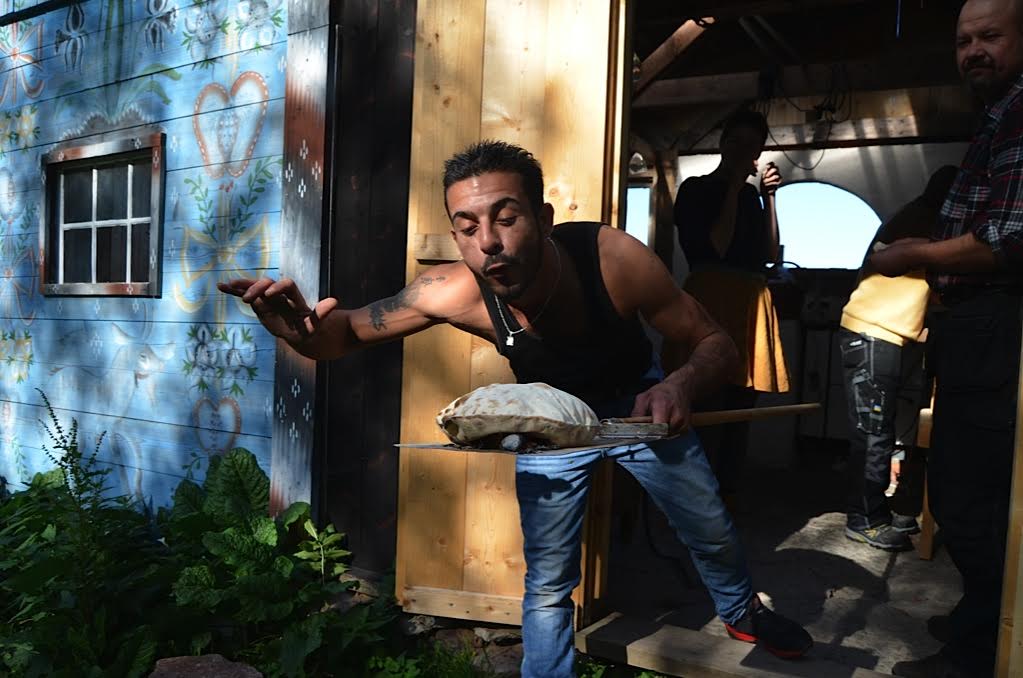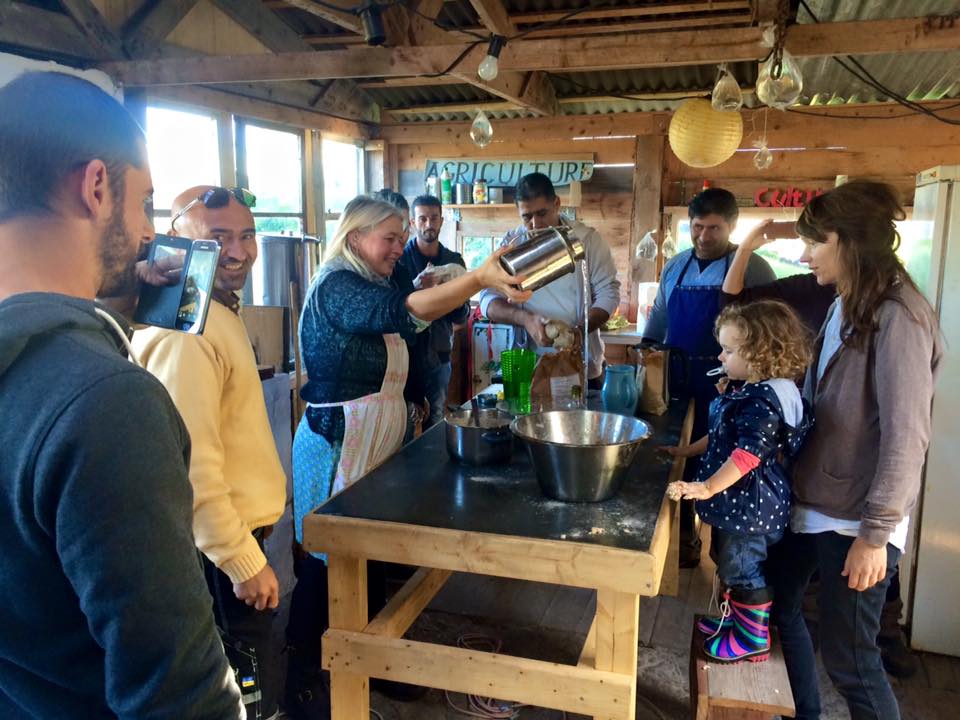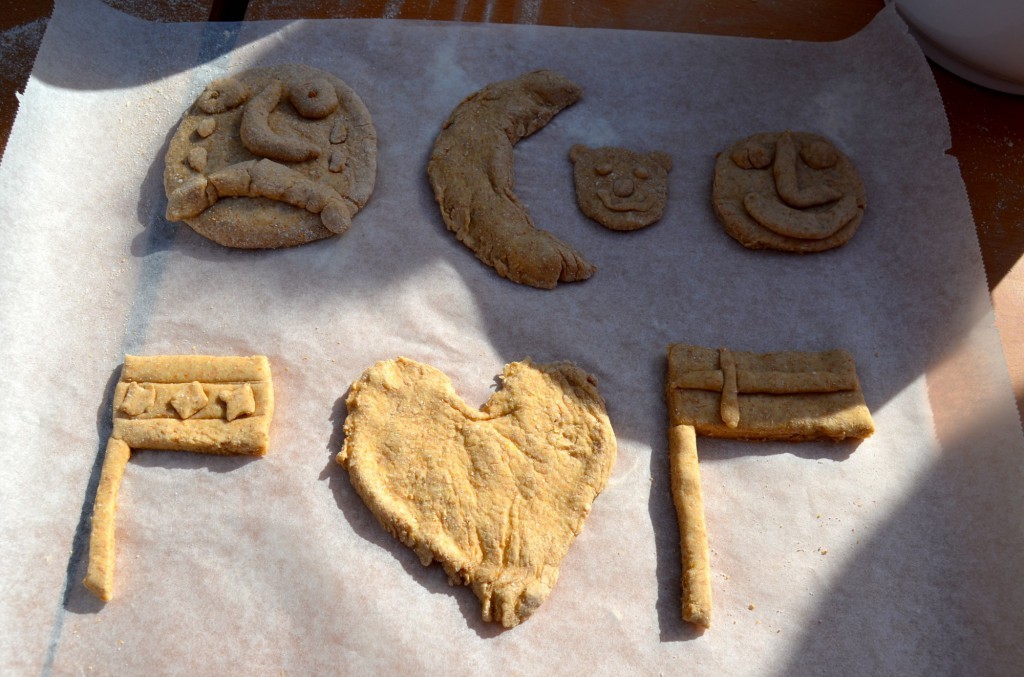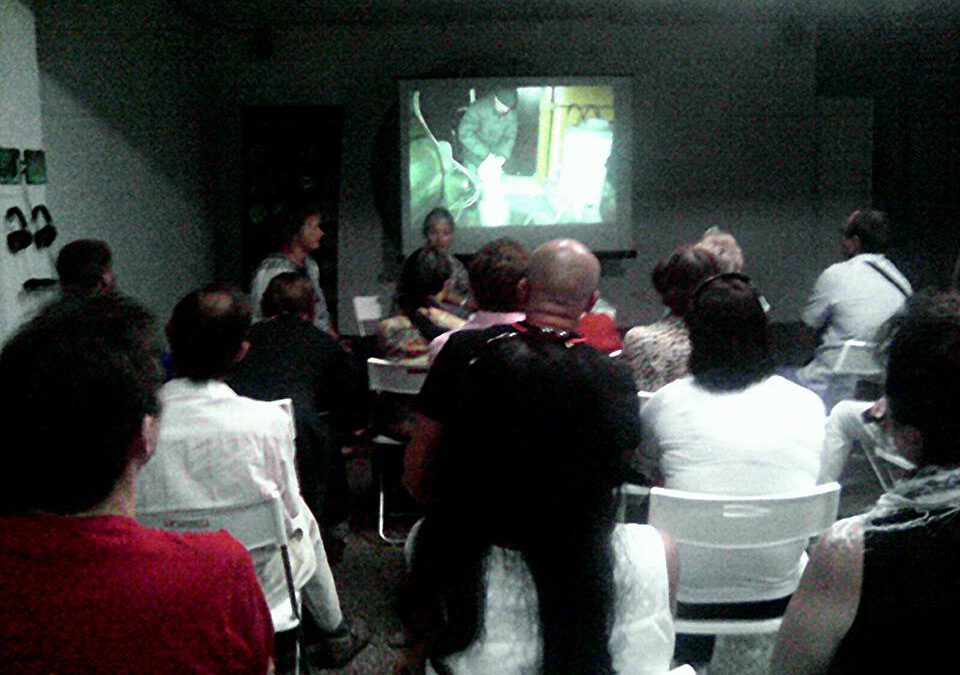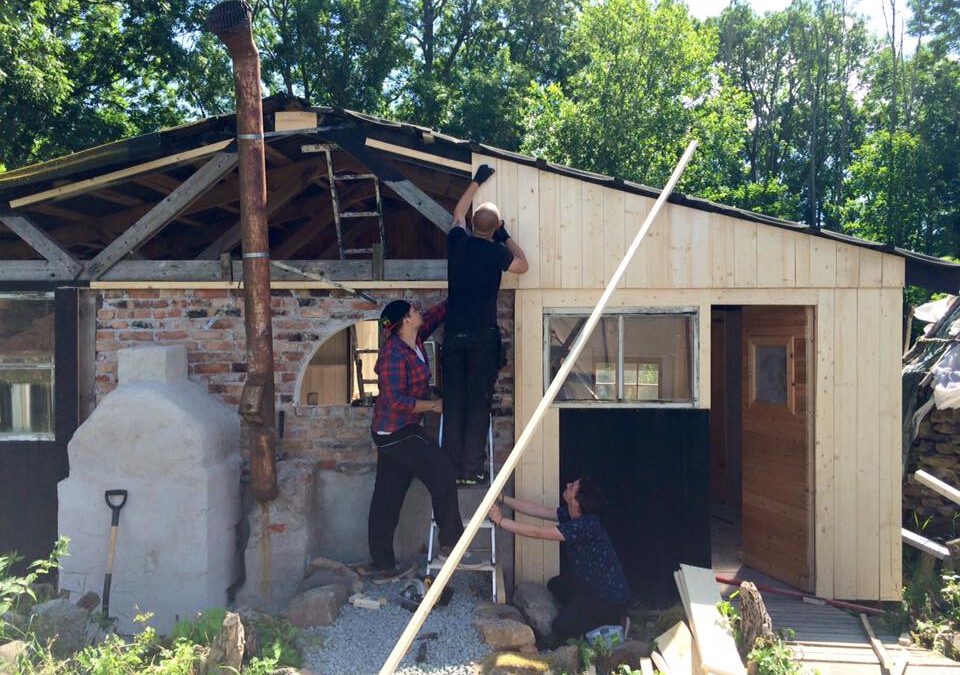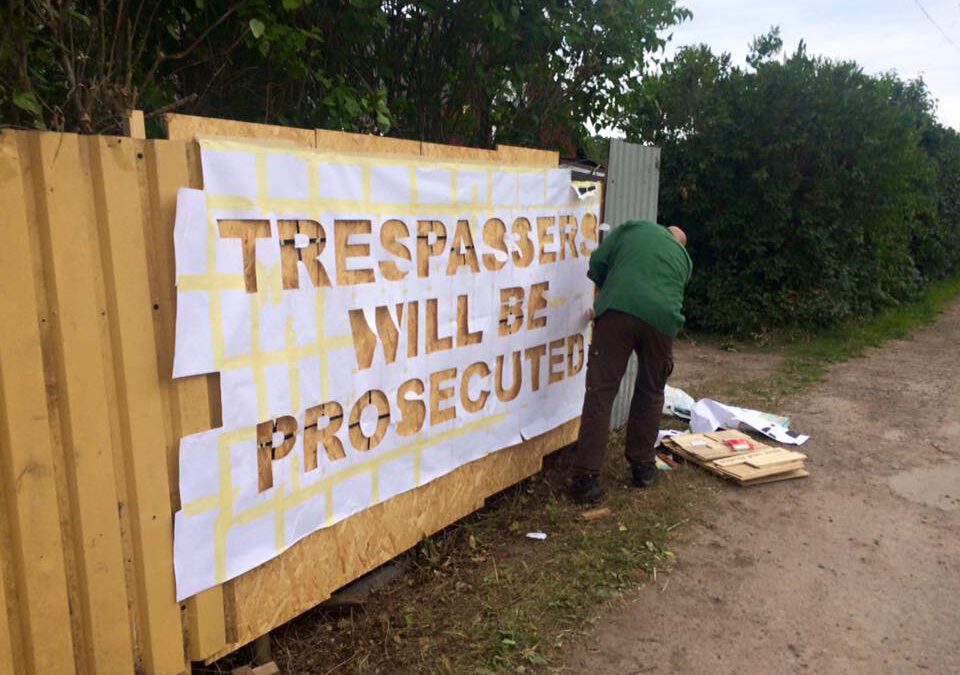
Kitchen table activism with Eva Bakkeslett
Kitchen table activism with Eva Bakkeslett
Two workshops by Eva Bakkeslett, http://www.evabakkeslett.com
Through Konstfrämjandet Öland Kalmar, Kultivator invites Eva Bakkeslett to collaborate with newly arrived around baking as a common cultural activity, and bread as social sculpture. We look at grains and dough in the microscope, listens to the stomach and hear on the dough, ferment together and discover how to cooperate with bacteria. We use our hands and make bread sculptures and share our stories and traditions around bread and baking.


